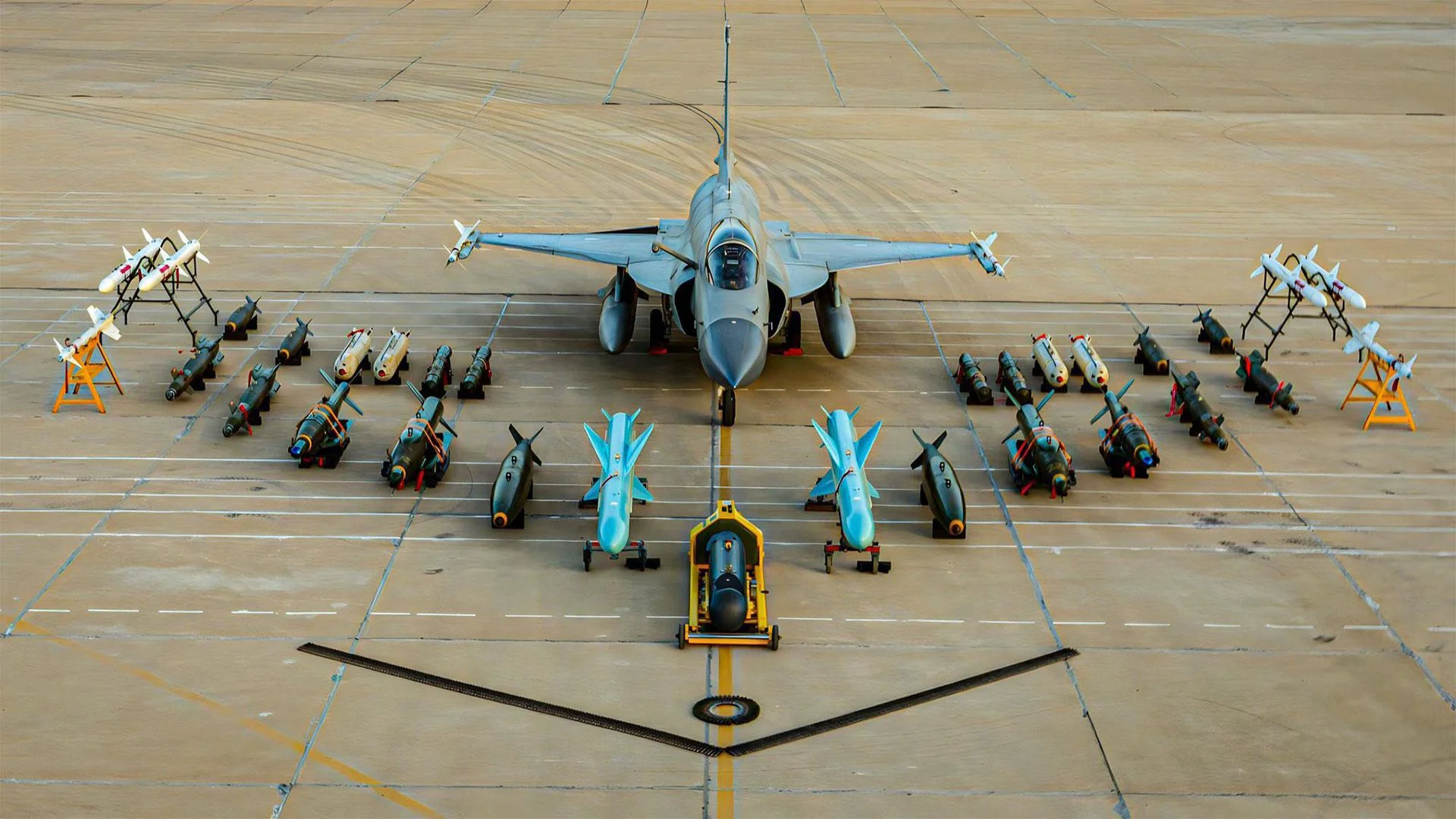On 14 March 2024, yet another group announced its decision to join the broader umbrella of Tehreek e Taliban Pakistan (TTP). This marked the 48th such merger since 2020, a significant number that underscores the scale of the security challenge.
Since the Taliban’s retake of Kabul, 44 groups have sought refuge under the TTP umbrella.
This trend of mergers raises important questions about the reasons behind these alliances under TTP’s centralised leadership and the potential security challenges they could pose to Pakistan’s security ecosystem.
First and foremost, it’s crucial to understand that TTP is not a monolithic organization. Rather, it is a fragmented entity, with various groups and factions operating under its overarching shadow. In December 2007, the emergence of the TTP saw the inclusion of around 40 groups of the Pakistani Taliban from FATA, Khyber Pakhtunkhwa, and Punjab into its ranks.
Also Read: Al Qaeda, TTP and IS-KP: The Convergence and Divergence
Reasons Behind the TTP Mergers
One of the pushing forces behind these mergers is the new leadership of TTP. Noor Wali Mehsud’s centralised leadership appeals to these shattered groups to shake hands with Mehsud. In addition, affiliation with mainstream and relevant terrorist organisations, such as TTP, reboots the modus Operandi of the small factions and groups in the heterogeneous terrorist landscape of Pakistan.
![Noor Wali Mehsud, leader of the Pakistani Taliban (TTP) [Image Source: TTP Media]](https://southasiatimes.org/wp-content/uploads/2024/03/Pic-for-story-2-Noor-Wali-Mehsud.webp)
By using the name tag of TTP, small groups better manage to collect funds, ransom money, and operations, using the name of a strong group
Another key aspect to consider is how the mergers of small factions and groups into TTP directly benefit the Afghan Taliban. Without this alignment, these factions could potentially join the ranks of the Islamic State of Khorasan Province (ISKP), posing a threat to the strategic interests of the Afghan Taliban. Therefore, the resources, manpower, and offensive capabilities of these small groups are redirected toward Pakistan, amplifying the security challenges in the region.
Furthermore, another factor driving small factions to join the TTP is the reluctance of the Afghan Taliban to integrate them into their ranks, even though these groups have been collaborating in armed operations against US forces in Afghanistan. Afghans are generally not receptive to foreigners, particularly Pakistanis, so those groups with Pakistani militants are redirected towards the TTP for assimilation and operations against Pakistan.
Thirdly, it’s crucial to note the inspiration drawn from the Taliban’s reconquest of Kabul. This event has spurred these small factions to collaborate closely, driven by a shared goal. This is evident from the Afghan Taliban’s organizational structure, which shows that they are not a single, unified organization but rather a fragmented one with different factions jelling together.
Also Read: IEA Tango: The Resurgence of TTP
Implications for the Security Landscape of Pakistan
This amalgamation of new factions poses profound security threats for Pakistan. Firstly, the threat circle from TTP swells beyond the Khyber Pakhtunkhwa Province (KPK).
Notably, these alliances have bolstered TTP’s operational influence in critical regions like the southern Balochistan province and the North Waziristan tribal district of Khyber Pakhtunkhwa province.
Since July 2022, four Baloch militant factions have united with TTP, facilitating its expansion into ethnic Baloch territories within Balochistan province, marking a notable development. Led by Aslam Baloch, Mazar Baloch, Akram Baloch, and Asim Baloch, these groups initially opposed the United States-led NATO forces in Afghanistan before affiliating with TTP.
![Surge in TTP mergers under Noor Wali Mehsud raises alarm for Pakistan's security [Image Source: TTP Media]](https://southasiatimes.org/wp-content/uploads/2024/03/ttp-PICSS-768x432-1.webp)
As a result, the absorption of various factions from diverse regions creates new sources of recruits for TTP, enhancing its manpower. These new recruits align with one of three types of commitments: pragmatic, interpersonal, or ideological.
Besides, when it comes to counter-terrorism efforts, it is generally easier to deal with and dismantle a smaller, isolated group or faction compared to a larger, more expansive terrorist organization. This is because smaller groups are often more susceptible to being lured into negotiations or persuaded to surrender. However, when these smaller factions join larger organizations like the TTP, they gain additional moral strength and become more resolute and uncompromising in their violent endeavors against the state.
Also Read: TTP-TTA Nexus: A Global Security Threat
Overall, the thread of mergers in TTP is dragging back Pakistan into the second phase of the menace of terrorism. The persistent upticks in the suicide bombings, target killings, and high magnitude onslaughts on military and police installments illustrate the TTP’s reengagement with Pakistan with neat, pragmatic, and focused goals. To address this growing threat, a multi-pronged approach is necessary.
The views expressed in this article are the author’s own. They do not necessarily reflect the editorial policy of the South Asia Times.






